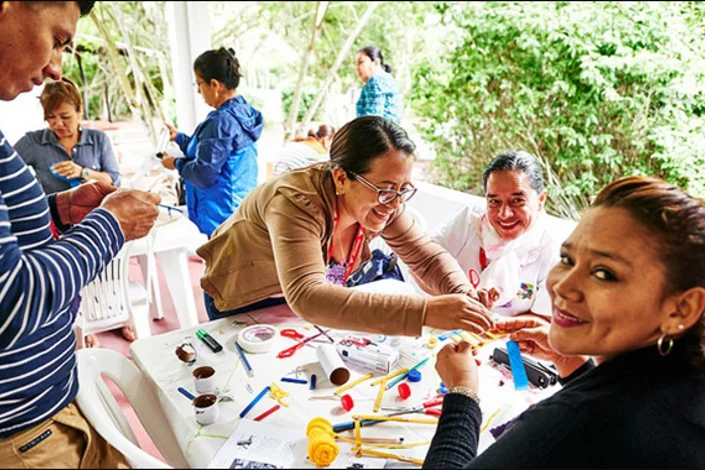In Ecuador, sustainable shrimp for a sustainable future
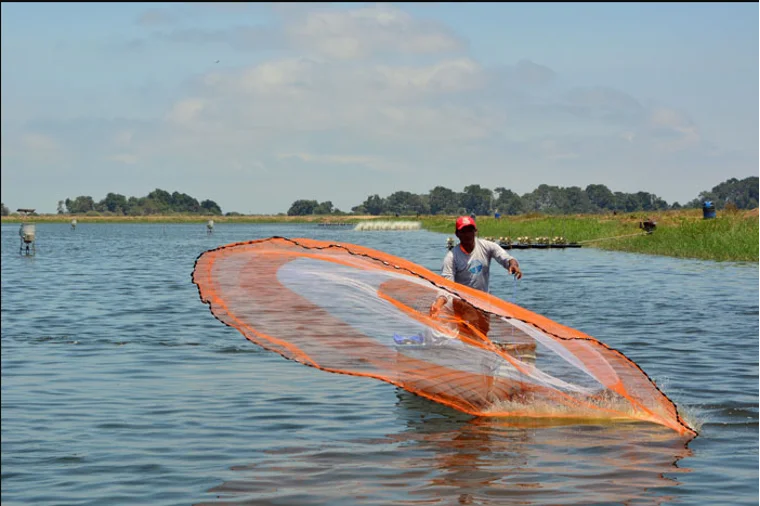
Pamela Nath has just gotten off the phone with a Manhattan chef when we connect on a snowy New York morning. The chef’s fresh shrimp delivery is being delayed because of the weather.
That delivery is one tiny part of the 1.5 million pounds of shrimp exported from Ecuador in 2019. Shrimp are sold by their quantity per pound; Ecuadorian shrimp average from 20-30 a pound to 50-60 a pound.
“It’s a lot of shrimp,” Nath said.
Nath is the director of the Sustainable Shrimp Partnership, a sustainability initiative led by Ecuadorian shrimp producers. SSP’s goal: the highest quality premium shrimp that meets the highest social and environmental standards.
The ever-expanding global population, estimated by the UN to hit 9 billion by 2050, means a growing need for protein, including seafood—and shrimp.
Around 3 million tons of farmed shrimp are produced worldwide annually. Shrimps are farmed via aquaculture, where fresh- and saltwater populations are cultivated under controlled conditions. Aquaculture uses less land and fresh water than meat production, according to Nath, with better feed conversion and ratio, and higher rate of protein retention. That means more food and more protein with fewer resources—with a smaller environmental impact.
The UN expects aquaculture to contribute to more than half of global fish consumption by 2025. Aquaculture methods can vary widely from one farm to the next let alone across the globe. Which is why, Nath said, one of SSP’s founding tenets is a race to the top.
 Albania
Albania Algeria
Algeria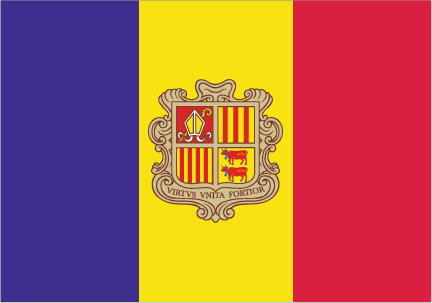 Andorra
Andorra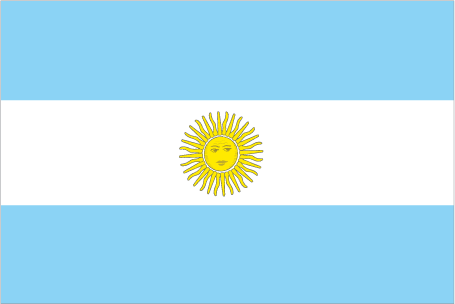 Argentina
Argentina Armenia
Armenia Australia
Australia Austria
Austria Azerbaijan
Azerbaijan Bahrain
Bahrain Belgium
Belgium Bolivia
Bolivia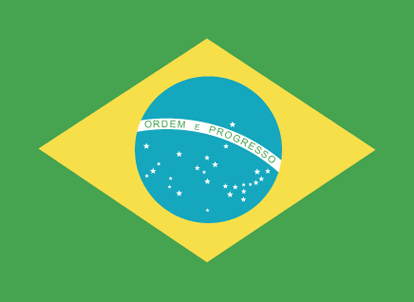 Brazil
Brazil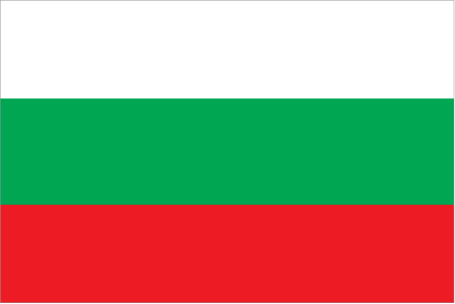 Bulgaria
Bulgaria Cambodia
Cambodia Cameroon
Cameroon Canada
Canada Chad
Chad Chile
Chile China
China Colombia
Colombia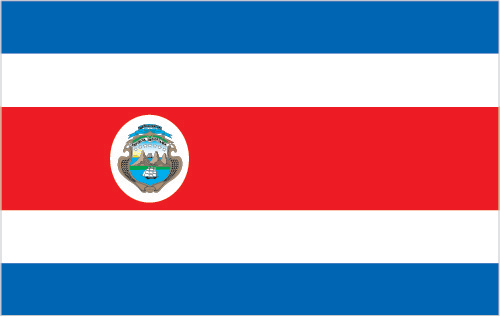 Costa Rica
Costa Rica Croatia
Croatia Cyprus
Cyprus Czechia
Czechia Denmark
Denmark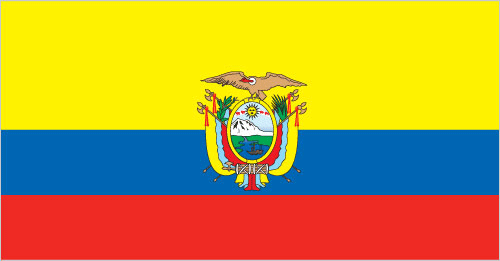 Ecuador
Ecuador Egypt
Egypt Finland
Finland France
France Georgia
Georgia Germany
Germany Ghana
Ghana Greece
Greece Hungary
Hungary Iceland
Iceland India
India Indonesia
Indonesia Ireland
Ireland Italy
Italy Jamaica
Jamaica Japan
Japan Jordan
Jordan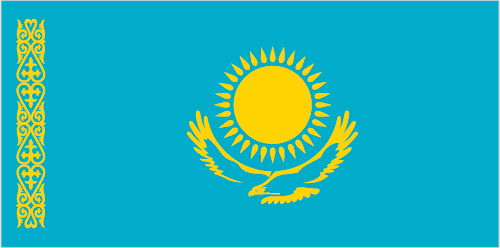 Kazakhstan
Kazakhstan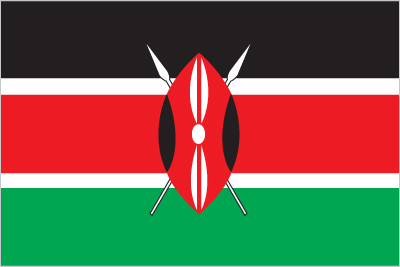 Kenya
Kenya Kuwait
Kuwait Latvia
Latvia Lebanon
Lebanon Libya
Libya Lithuania
Lithuania Luxembourg
Luxembourg Malaysia
Malaysia Maldives
Maldives Mali
Mali Malta
Malta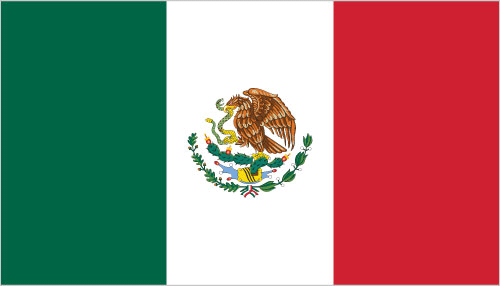 Mexico
Mexico Moldova
Moldova Monaco
Monaco Morocco
Morocco Netherlands
Netherlands New Zealand
New Zealand Nigeria
Nigeria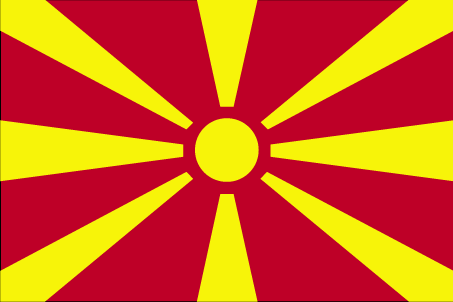 North Macedonia
North Macedonia Norway
Norway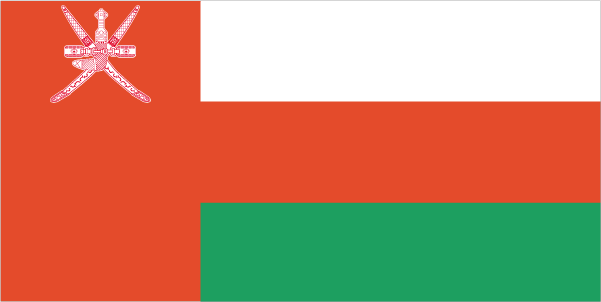 Oman
Oman